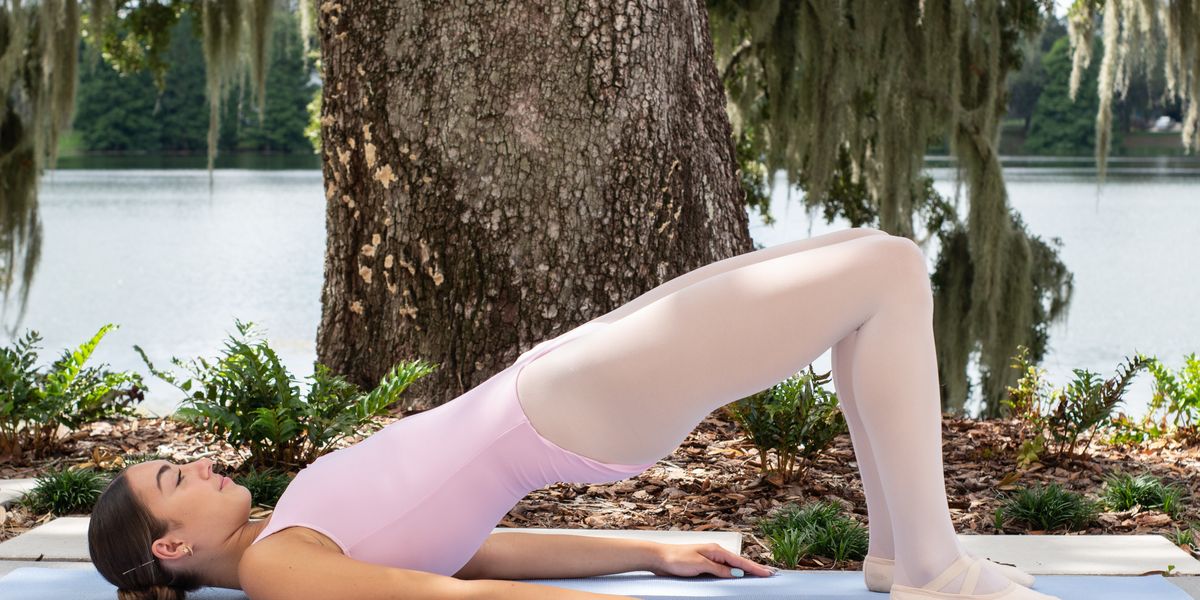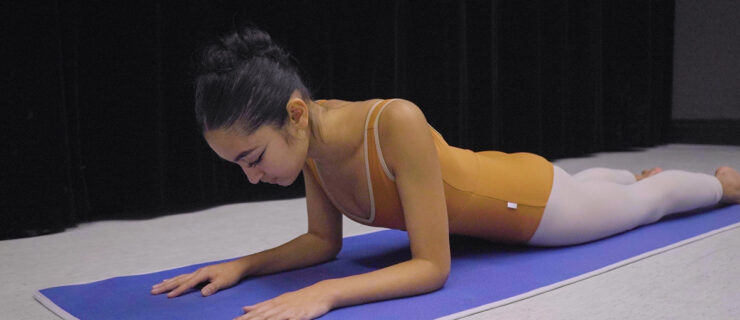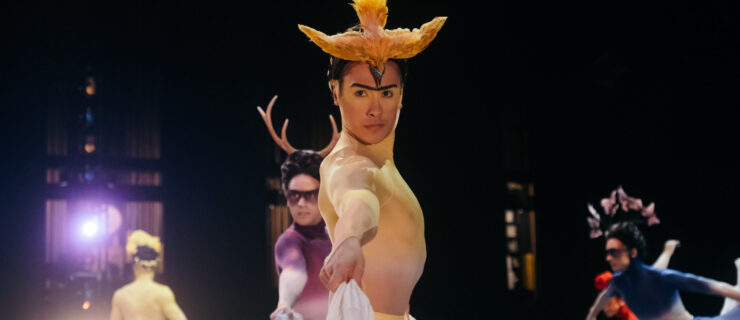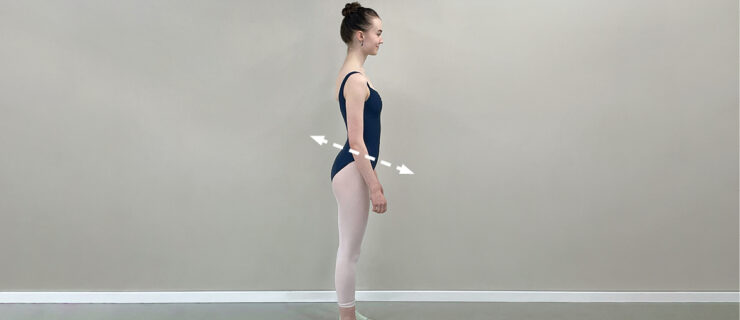Achieve a Stronger Arabesque with These 5 Conditioning Exercises
Are you looking to gain flexibility and strength in your arabesque? Many dancers are unsatisfied with the height of their back leg, and believe intense stretching is the best way to increase extension in the arabesque position. “However,” says American Ballet Theatre physical therapist Julie Daugherty, “dancers are often surprised how much their arabesque can be improved by spending time doing strengthening exercises to control the motion, rather than spending a lot of time just stretching into the position.”
Daugherty recommends adding the following regimen for improving your arabesque. “These are not complicated exercises, but they must be done with focus,” she says. “The most important thing to recognize is that there is no one exercise that will give you a great arabesque—you must build on a solid foundation of core, pelvic and hip control, and strength.”
You’ll need:
- a physiotherapy ball
- a yoga mat (or soft flooring)
1. Planks
Planks are excellent for building core and pelvic control.

Front Plank
- Lie on your stomach with two straight legs and your toes curled underneath you. Engage your abdominal muscles before you begin—imagine scooping and lifting your stomach off the mat.
- Rise into a plank, either in a full push-up position or on the elbows. Pay special attention to the line of your body so that the back doesn’t sway or tilt. Hold for 30 seconds, then maintain a flat back as you lower to the ground. Repeat 3 times.

Side Plank
- Begin on your right side with the right elbow in line with your shoulder. Imagine a wall directly in front and back of you in order to maintain the straight line of your body.
- Push up so your entire body is off the mat and hold the pose for 15–30 seconds. Imagine pushing your bottom leg into the ground and hold the position to activate your hip stabilizers. Side planks can be done with the hand or elbow on the mat. Repeat 3 times before switching to the left side.
2. Basic Bridge

Bridges are important for hip strength and pelvic control.
- Lying on your back with your knees bent and feet hip-width apart on the floor, raise your hips to the ceiling and allow the lower back to lift off the mat. “Make sure you are using your glute muscles, not just your hamstrings, and make sure you can do a bridge in a neutral spine, not just a tucked position,” says Daugherty.
- Hold the bridge for 5–10 seconds, then gently lower your body to the mat in one piece. Repeat 10 times. If your hamstrings begin to cramp, you may not be activating your glute muscles sufficiently.
3. Hip Extension With Rotation
Hip extensions target the hip and gluteal muscles.
- Lying on your stomach, engage your glute muscles to lift one leg so that it hovers off the floor.
- Bend your knee, turn the leg out, then return to parallel. Make sure your pelvis remains on the mat. Holding the leg off the floor, repeat the rotation 6–10 times before switching sides.
4. Airplane

This is good for stability and trunk control.
- Begin on your stomach with your legs long and arms out straight in front of you. Lift the arms and legs simultaneously so that your body arcs and the weight is supported by your stomach and hips. Think of a long smooth curve with no crunching into the low back as you lengthen the spine.
- Hold for 5 seconds, then lower arms and legs back to the floor. Repeat 10 times.
5. Supported Arabesque With Back Leg Turned Out on a Physio Ball
This exercise engages your back and gluteal muscles. “You should be creating one long curve from the top of your head to the tip of your toe reaching out in both directions,” says Daugherty.
All exercises modeled by Orlando Ballet trainee Eva DeLoof, courtesy Orlando Ballet












